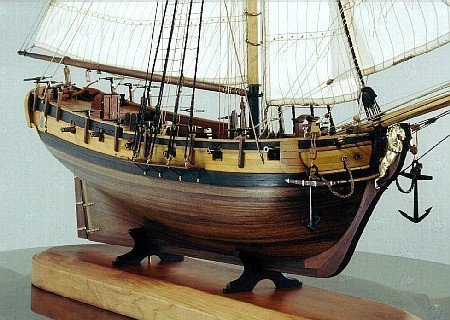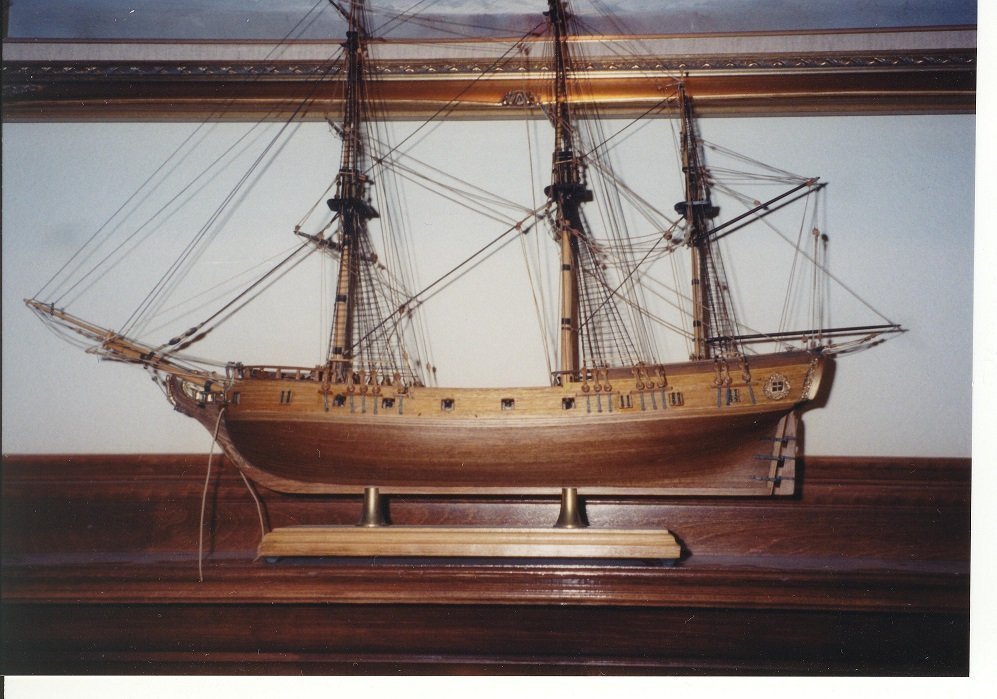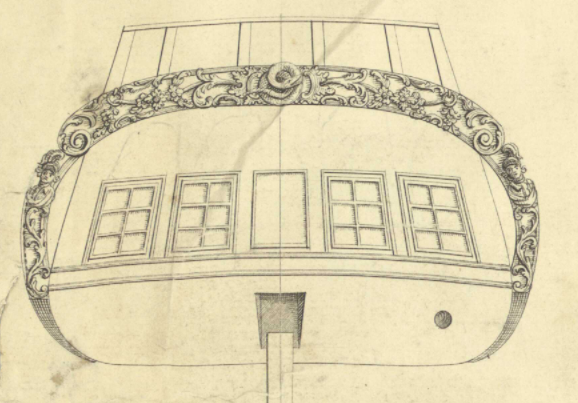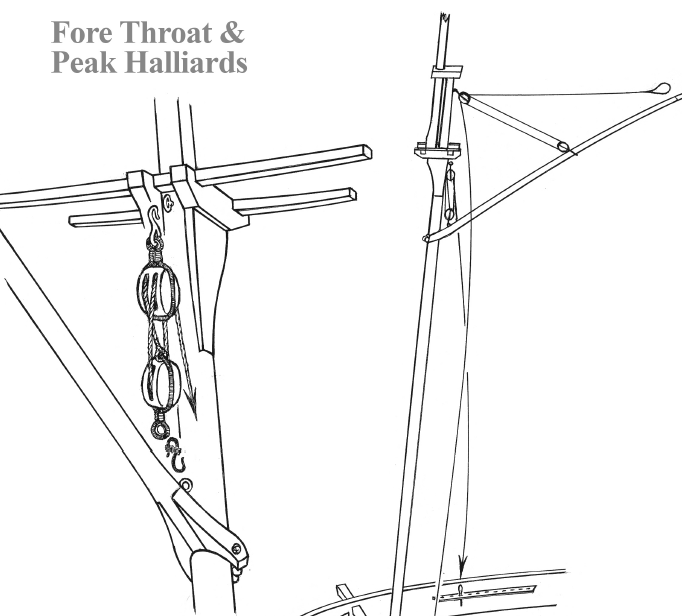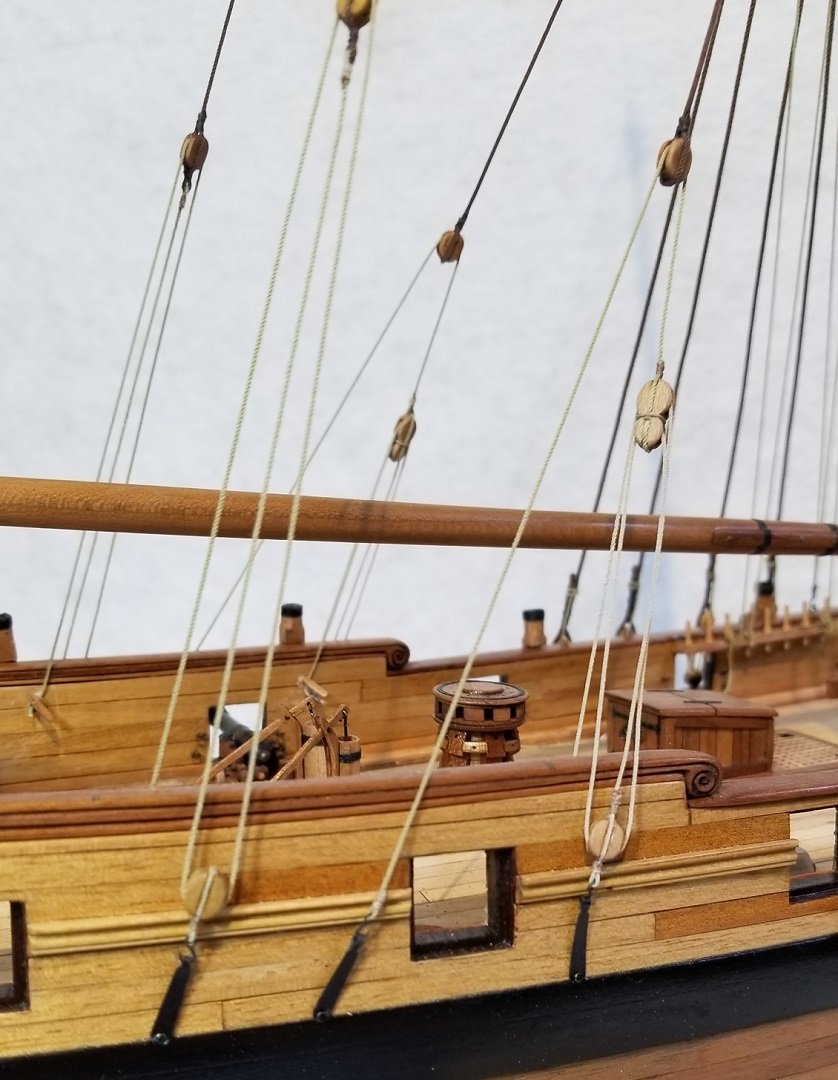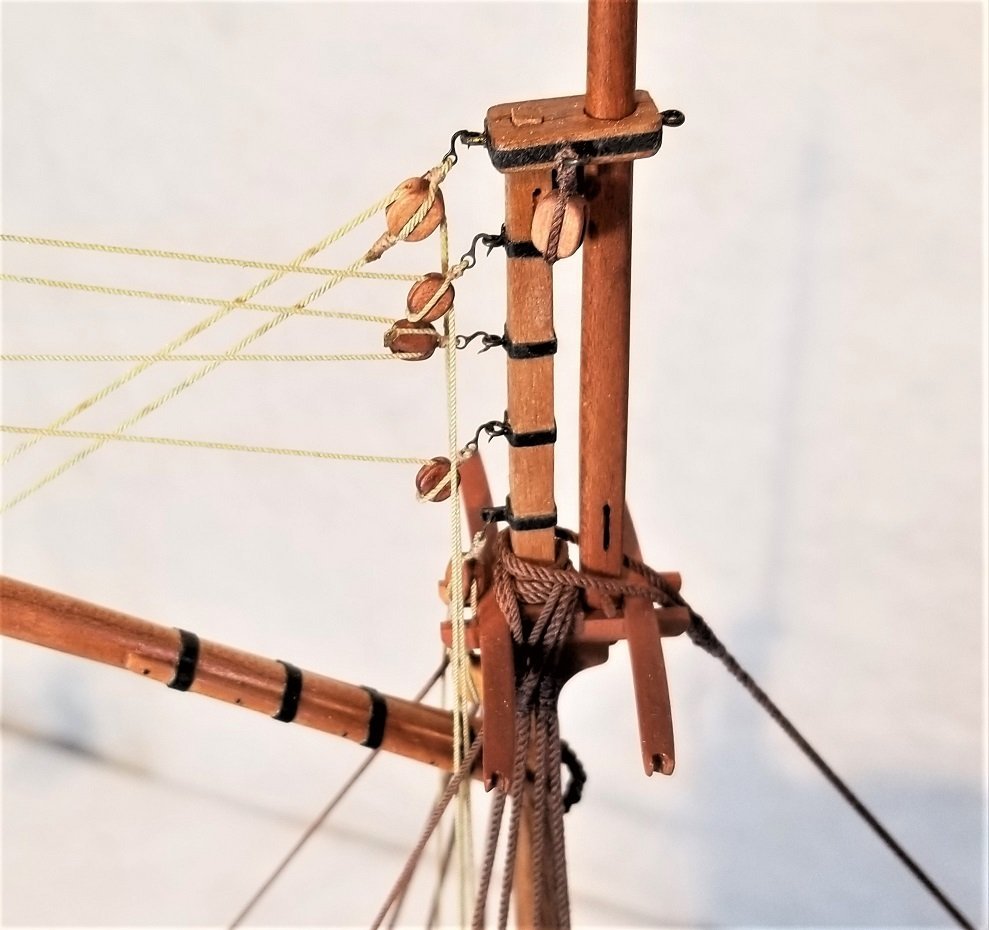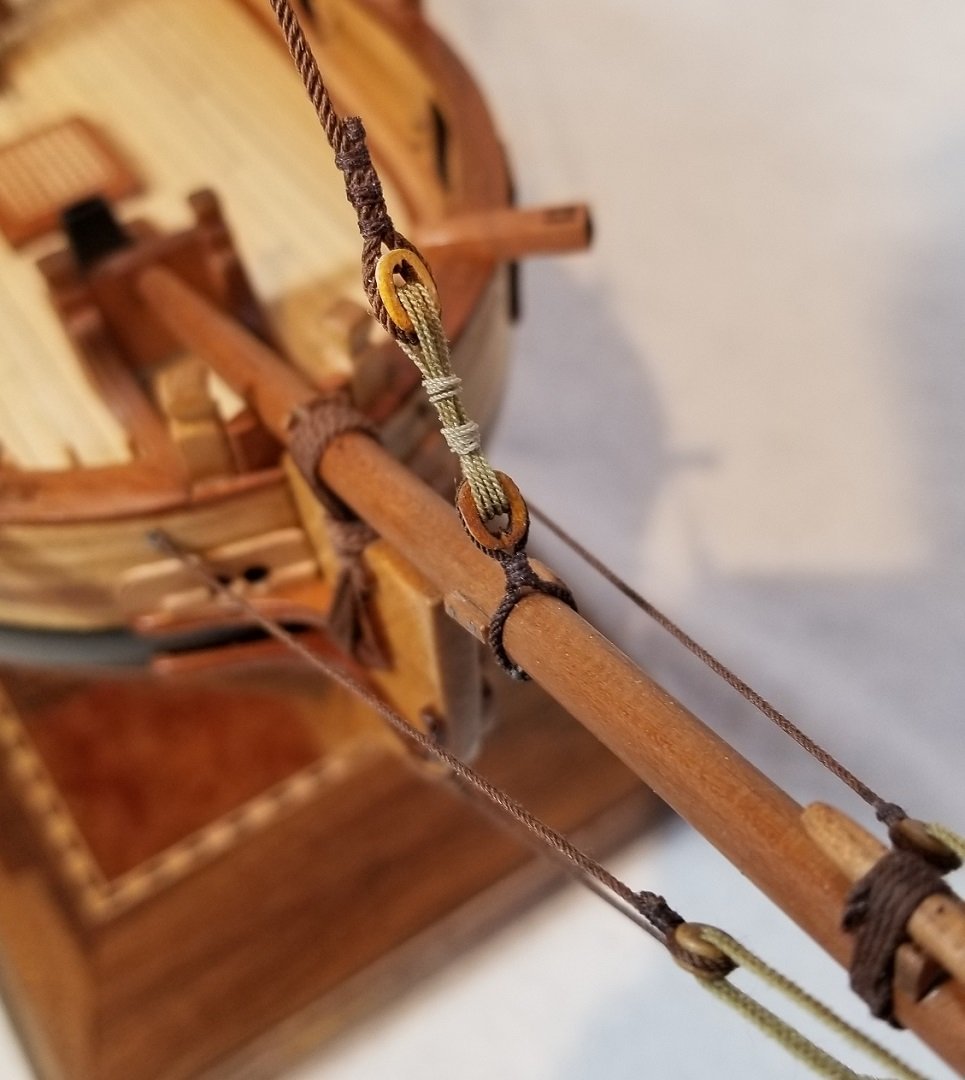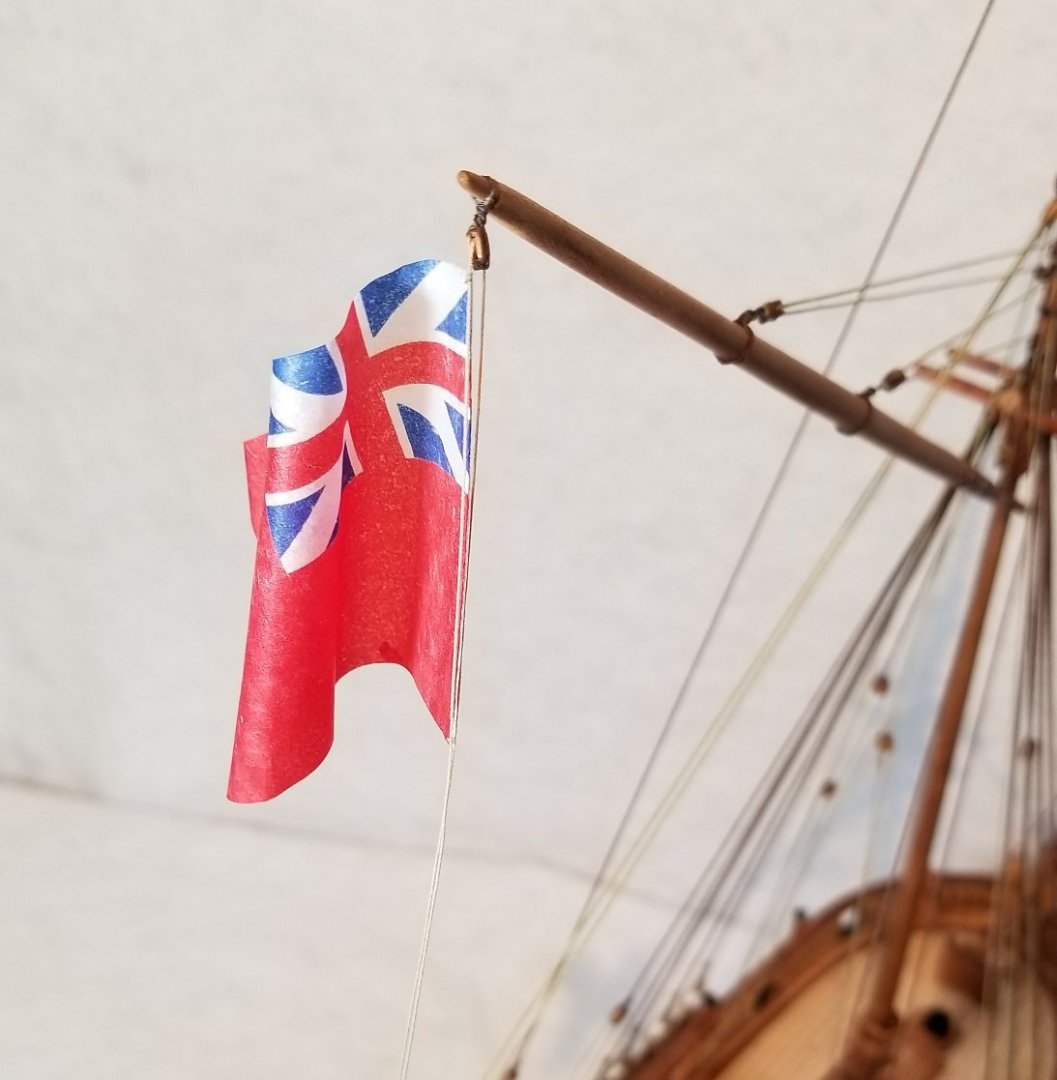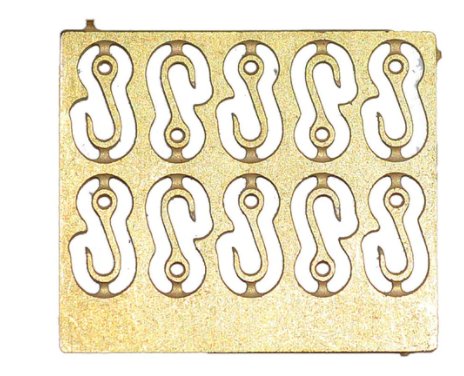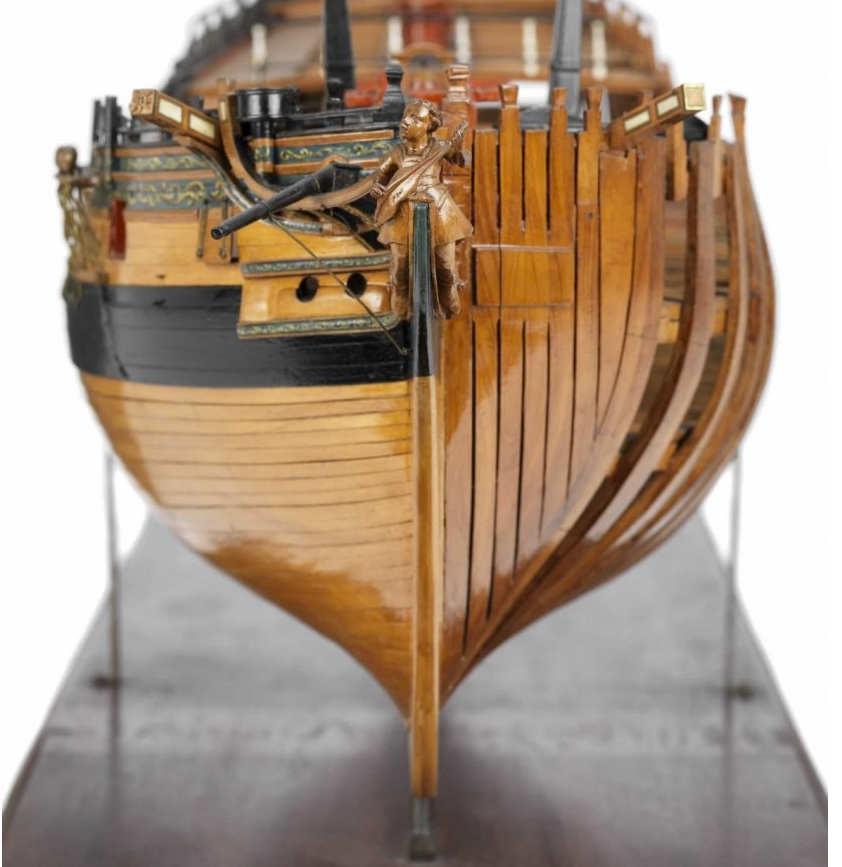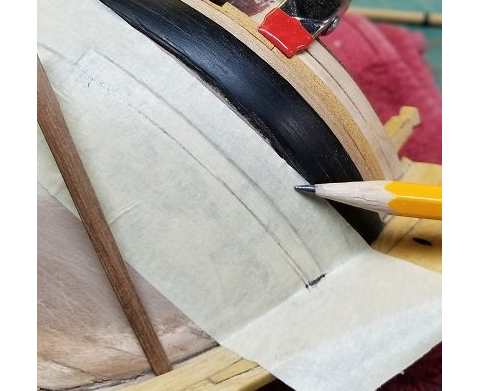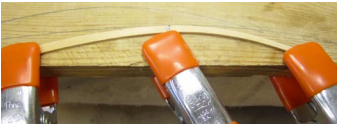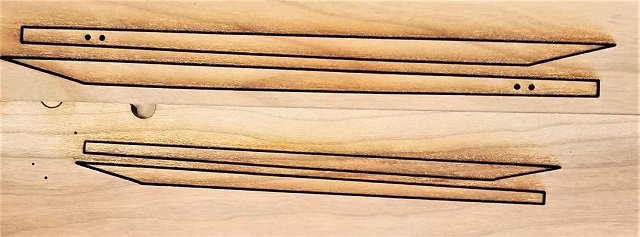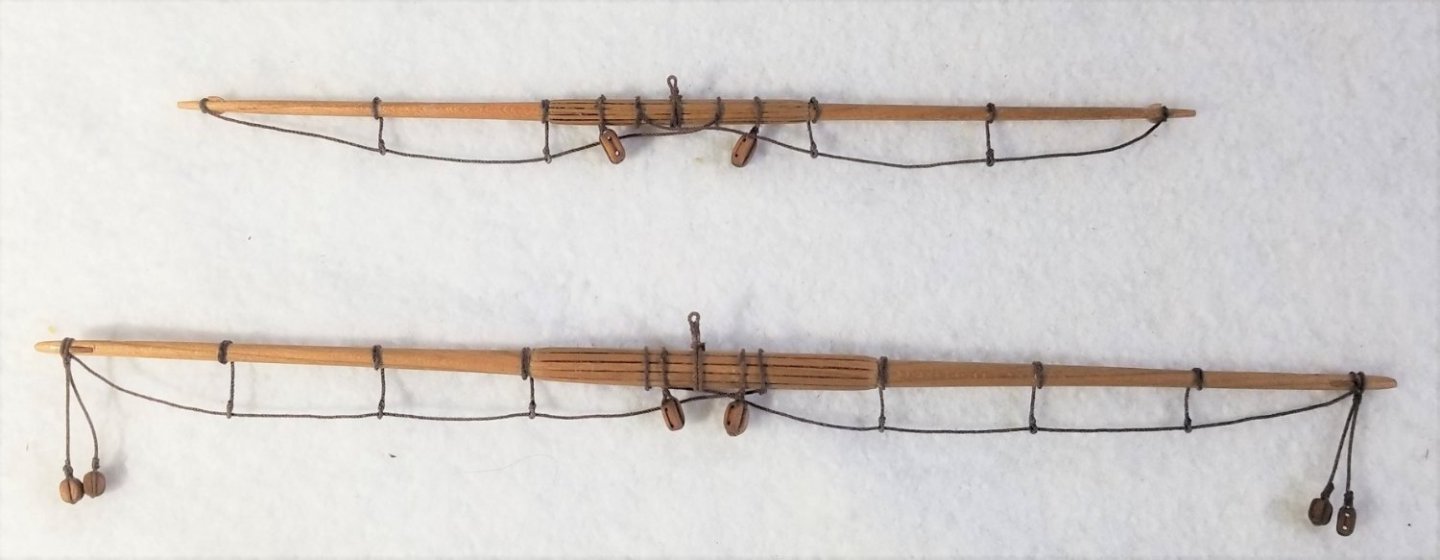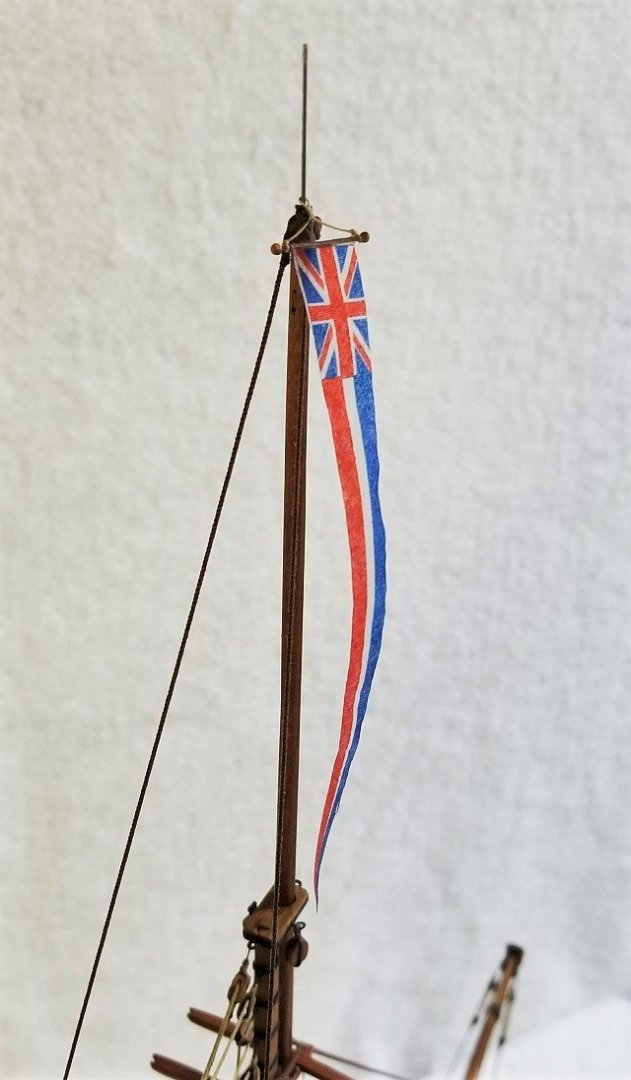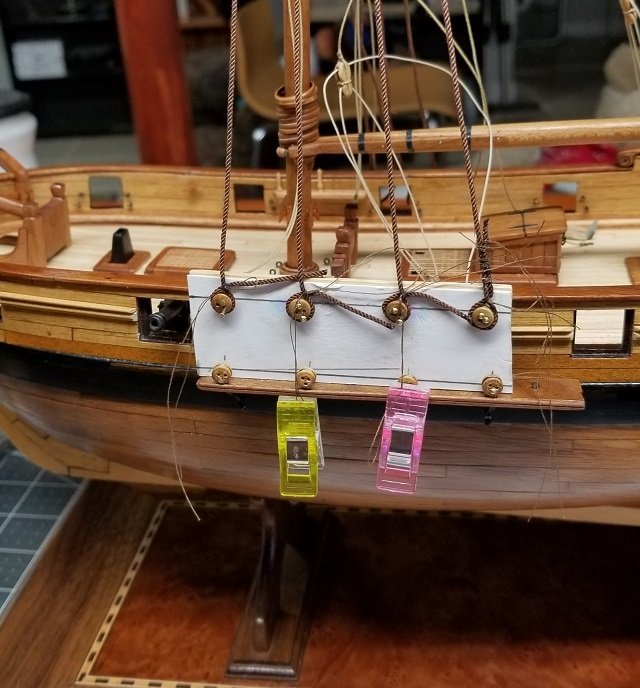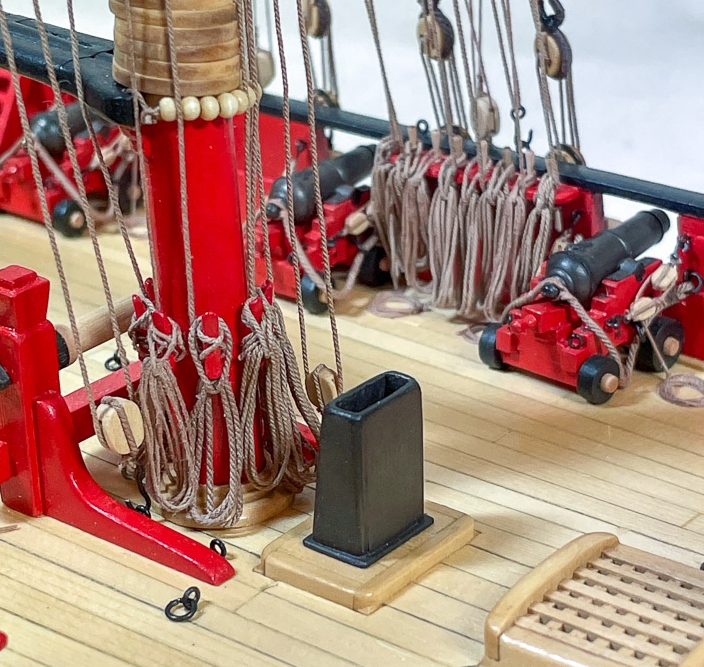-
Posts
3,152 -
Joined
-
Last visited
Content Type
Profiles
Forums
Gallery
Events
Everything posted by Gregory
-
Ancient anchor found in Yucatan.
Gregory replied to Eugenio Treviño's topic in Nautical/Naval History
Two or three hundred years is pre-historic as far as I'm concerned.. -
The SI plans ( which I haven't seen ) must have been derived from the NMM plans which are available at the link I provided above. The MS plans and the Mamoli plans which I have, match the NMM plans very closely as far as the general arrangement is concerned.
-
@Dave_E If you have decided to go with MS, I'm sure you have searched up some of the logs. I hope you found this one: It' stalled for now, but there is a lot of progress and some great examples of technique..
-
I have never seen a topic here where someone talked about " bashing " and had to explain what they meant. I could have missed it, though. Terms and languages, evolve. I always take " bashing " to mean adding something or improving (subjective ) on something that was not included in the kit.
-
Your New "cautionary tale" posterchild here!
Gregory replied to Valkyrja68's topic in New member Introductions
Post pictures in your log and I'm sure you get will plenty of help. We have many members who have built the Revell Connie. -
I am inclined to vote for the MS kit.. It will have the best plans and fittings in general. Try to catch it on sale when ModelExpo is having a ' free shipping ' add on.. Subscribe to their news letter. I don't know if you are aware of ModelExpo's policy of replacing any parts for any reason. it's a great reason to do business with them.
-
Your New "cautionary tale" posterchild here!
Gregory replied to Valkyrja68's topic in New member Introductions
A good thing to remember, is if you have a particular kit in mind, just run it by us here and we can tell you if it is not welcomed here for some reason. -
The Mamoli kit was my first wood kit over 25 years ago. No internet, so I relied on what I gleaned from Seaways Ships in Scale and several books I acquired. I found it to be a great learning experience. I just wasn't aware of the shortcomings of the kit because I didn't have anything to compare it to. Here it is, mostly finished. I gave the finished model to a relative, and have since recovered it in very bad shape. If I get around to doing a scratch POB model, this would be high on my list.. I think the ornamentation would be an interesting CNC wood carving project.
-
Actually, there are several sheets of high resolution, detailed plans at WikiCommons that also reside at the NMM. Cormorant ex Rattlesnake ModelExpo also sells their plans which are derived from the NMM plans, and would be useful for making a POB model. There are mast and yard dimensions included. The major shortcoming of either kit would be fittings and details..
-
What is your reference for this? Dr Pr shows throat halyards for the fore and main masts of schooners. as does Petersson in " Rigging Fore and Aft .... ", with the caveat that Petersson is looking at a contemporary model..
-
My metal ruler was wrong.
Gregory replied to modeller_masa's topic in Modeling tools and Workshop Equipment
How much precision do you need? Even with the OP example I am having trouble seeing where the error lies as the two examples are shifted. When I take the image and line up the markings, they appear pretty close to me.. My altered image. If you have two rulers that are different, how do you know which one is wrong? -
The thing that is hard to wrap your head around, is that the curved plank lays flat on the hull and appears to be straight when viewed head on.. But after you have done it a few times, it comes quite naturally.. Here is a good example of the contemporary model of Winchelsea. Those planks would look crazy curved if laid out flat.
-
sail plan for Ballahoo (Fish class) topsail schooner
Gregory replied to georgeband's topic in Masting, rigging and sails
I think 99% of the work the sailors did aloft would be suicidal for any of us today..😁- 22 replies
-
- caldercraft
- jotika
-
(and 4 more)
Tagged with:
-
No one is laughing.. This is not an easy concept to grasp, and it's great the way you have tackled the problem. Let me review a couple of things. This will work even if you are going to use the clamp and bend method. I mentioned how I put masking tape on the area to be planked. You can trace along the edge of the plank that is in place. In this case it was the edge near my pencil. The other edge of the plank has to be estimated. If you are using pre-cut planks you can account for any tapering you have done. When you lay the tape out flat, it will look like this. You can use this as a pattern for your bending station. My plank tapered from 5 to 4mm, and I trimmed along the bottom edge. In your case, working up from the garboard, I would trim what would be the top edge when the boat is upright. You want to preserve the shape of the plank that is already in place because it will be a perfect fit. This is my plank I cut from veneer, but you can do the same thing with clamping a strip.. Let me know if I can shed any more light on this... We really look forward to seeing your progress.. Perhaps you can see how you could have used this method to shape your garboard. You could have used the tape to trace along the rabbet..
-
That would get my vote but I can't seem to find them at the Syren store..
- 362 replies
-
- Amati
- Lady Nelson
-
(and 2 more)
Tagged with:
-
Looks a lot better than the original thread from the kit!
-
Didn't we talk about that earlier? What does the plank look like laid out flat? To lay flat on the boat needs to curve in a longitudinal direction, because it is laying on a curved surface.. A favorite method is to bend the plank as seen here by Chuck in a Chapter from Cheerful. https://syrenshipmodelcompany.com/resources/ChapterchapFour.pdf There is another method called ' spiling ', which I talked about recently in another topic you started. P.S. For spilling you do need wider plank stock than the uniform planks, so it may not be practical if you do not have a source for that. As my example shows, the planking material would have to be about 2x the final plank.. You can achieve the same result with the bending method shown above with the clamps.
-
Thanks Glenn and Dave. Glenn, your build log of Cheerful is my source of inspiration for many rigging details. Your close up photography is priceless. @Dave I'll try to provide some more detail and a chance for you to avoid my mistakes.. 😃 I mentioned earlier that I have the Cheerful plans, which I am following fairly closely. Make sure you check some of the Cheerful builds.. They are my go-to for Cutter rigging. Particularly Glenn's which I mentioned above. I'm having to deviate from a pure cutter rig because this model has a bowsprit plus a jib boom. I will be improvising and deviating from actual practice in some respects.
-
Thanks for dropping in. Makes me feel amiss in not updating more often, but work progresses slowly. I have completed most of the standing rigging and the running rigging is coming along. I used the laser to cut the spars. I make them with two parts that I finish individually then join together. For me it makes for easier handling than one long piece.. Ready to be hoisted. \ A pennant that will fly from the top of the topmast that still needs to be completed. Setting up the shrouds... There is quite a bit of other rigging completed.. I just need to take the time to make some pictures that I am ready to share..
-
Securing Lines in Preparation for Hanging Coils
Gregory replied to gsprings's topic in Masting, rigging and sails
As far as securing the line, I just do a half hitch at the belaying point. Dab it with diluted white glue and cut it short. The coil you make should hide the cut. In this post, Glenn shows how he made coils ( hanks ) to good effect. ( click on arrow top right ) If you search for ' coils ' you should get a lot of useful information.. -
Gun Port Yellow?
Gregory replied to Dave_E's topic in Painting, finishing and weathering products and techniques
To what extent did Captains try to follow Admiralty recommendations with regard to paint color.. In the end, Dave is the captain of this ship.😀
About us
Modelshipworld - Advancing Ship Modeling through Research
SSL Secured
Your security is important for us so this Website is SSL-Secured
NRG Mailing Address
Nautical Research Guild
237 South Lincoln Street
Westmont IL, 60559-1917
Model Ship World ® and the MSW logo are Registered Trademarks, and belong to the Nautical Research Guild (United States Patent and Trademark Office: No. 6,929,264 & No. 6,929,274, registered Dec. 20, 2022)
Helpful Links
About the NRG
If you enjoy building ship models that are historically accurate as well as beautiful, then The Nautical Research Guild (NRG) is just right for you.
The Guild is a non-profit educational organization whose mission is to “Advance Ship Modeling Through Research”. We provide support to our members in their efforts to raise the quality of their model ships.
The Nautical Research Guild has published our world-renowned quarterly magazine, The Nautical Research Journal, since 1955. The pages of the Journal are full of articles by accomplished ship modelers who show you how they create those exquisite details on their models, and by maritime historians who show you the correct details to build. The Journal is available in both print and digital editions. Go to the NRG web site (www.thenrg.org) to download a complimentary digital copy of the Journal. The NRG also publishes plan sets, books and compilations of back issues of the Journal and the former Ships in Scale and Model Ship Builder magazines.

